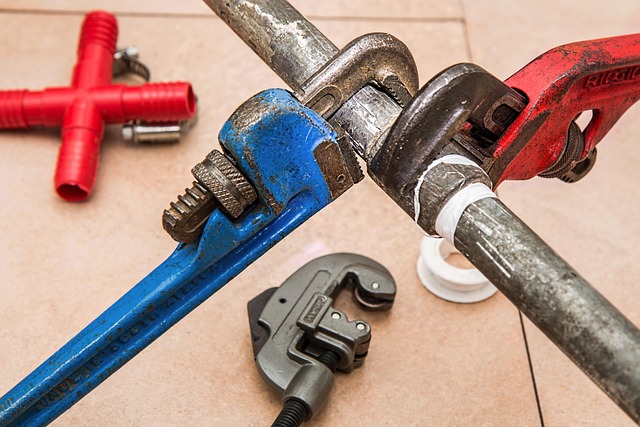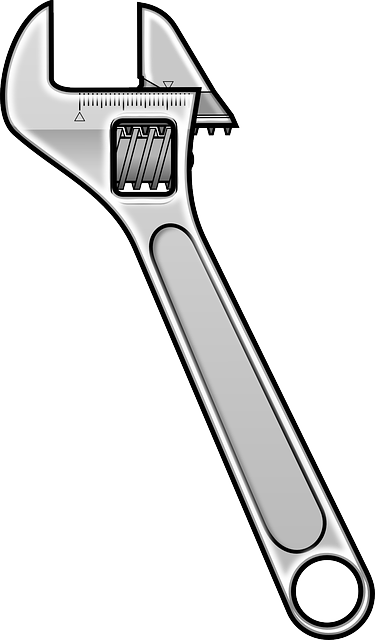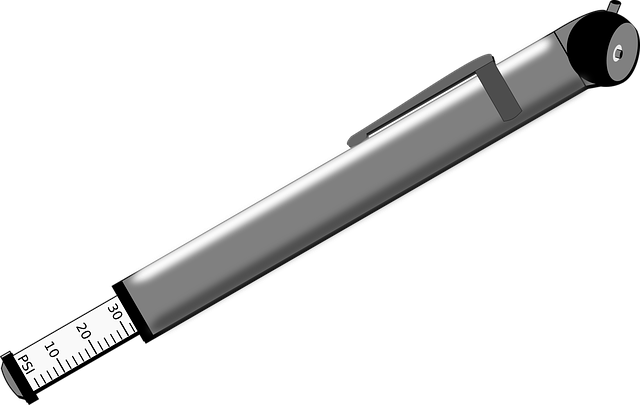Low water pressure in homes is typically caused by plumbing issues such as leaks, outdated heaters, or mineral deposits. Diagnosing involves checking for leaks, examining pressure gauges, and using testing kits. For complex cases, professional plumbers employ advanced tools like cameras and scans to identify blockages or damage. Efficient troubleshooting includes clearing aerator obstructions, and if problems persist, a plumber should be consulted to address underlying plumbing issues affecting water pressure.
Experiencing low water pressure throughout your home can be frustrating. From weak shower streams to sluggish sinks, it impacts daily routines. This article guides you through understanding and addressing this common plumbing issue. We’ll explore the common causes of low water pressure, from faulty valves to water leaks, and discuss plumbing factors that contribute. Additionally, we provide practical steps for diagnosing the issue using simple tools and offer effective solutions and repairs to restore optimal water pressure in your home.
- Understanding Low Water Pressure: Common Causes and Plumbing Factors
- Diagnosing the Issue: Tools and Methods for Identification
- Solutions and Repairs: Restoring Optimal Water Pressure in Your Home
Understanding Low Water Pressure: Common Causes and Plumbing Factors

Low water pressure in your home can be frustrating, affecting everything from taking a shower to doing the dishes. Understanding the common causes behind this issue is the first step towards fixing it. Plumbing issues often lead to reduced water pressure, ranging from leaks in pipes or fittings to an old or inefficient water heater. Even something as simple as mineral buildup in pipes or aerators can restrict water flow.
When diagnosing low water pressure, consider your home’s plumbing factors. The distance water has to travel through pipes, the number of appliances using water simultaneously, and the age and condition of your pipes all play a role. If you suspect plumbing issues, it’s crucial to consult with a professional plumber who can accurately identify and address the problem, ensuring your home’s water pressure returns to normal.
Diagnosing the Issue: Tools and Methods for Identification

Diagnosing low water pressure involves a systematic approach using various tools and methods. Start by checking the obvious—look for leaks in pipes, faucets, or appliances. Leaks can significantly reduce water flow and pressure throughout your home. Next, examine the water pressure gauge (if available) to get a precise reading and compare it with recommended levels. A pressure gauge measures the force pushing water through your plumbing system.
For more complex plumbing issues, invest in a pressure testing kit, which allows you to isolate sections of your plumbing network for detailed analysis. These kits enable you to detect pressure drops specific to individual fixtures or areas, helping pinpoint the exact source of the problem. If the issue persists, consider hiring a professional plumber who can employ advanced diagnostic techniques, including camera inspections and computer-aided scanning, to identify any blockages, corrosion, or other structural issues within your plumbing system.
Solutions and Repairs: Restoring Optimal Water Pressure in Your Home

Low water pressure can be frustrating, but there are several solutions and repairs that can help restore optimal water pressure in your home. Start by checking for any leaks in your plumbing system. Even a small leak can significantly reduce water pressure throughout your house. Fixing these leaks is an effective way to improve overall water flow.
Next, inspect the aerators on your faucets and showerheads. Sometimes, these simple devices can become clogged or restricted, limiting water flow. Cleaning or replacing them can often boost pressure. If issues persist, consider checking the main water supply valve. Ensure it’s fully open, as a partially closed valve will restrict the flow of water to your home. In case of persistent problems, contacting a professional plumber is advisable to diagnose and address any underlying plumbing issues.














